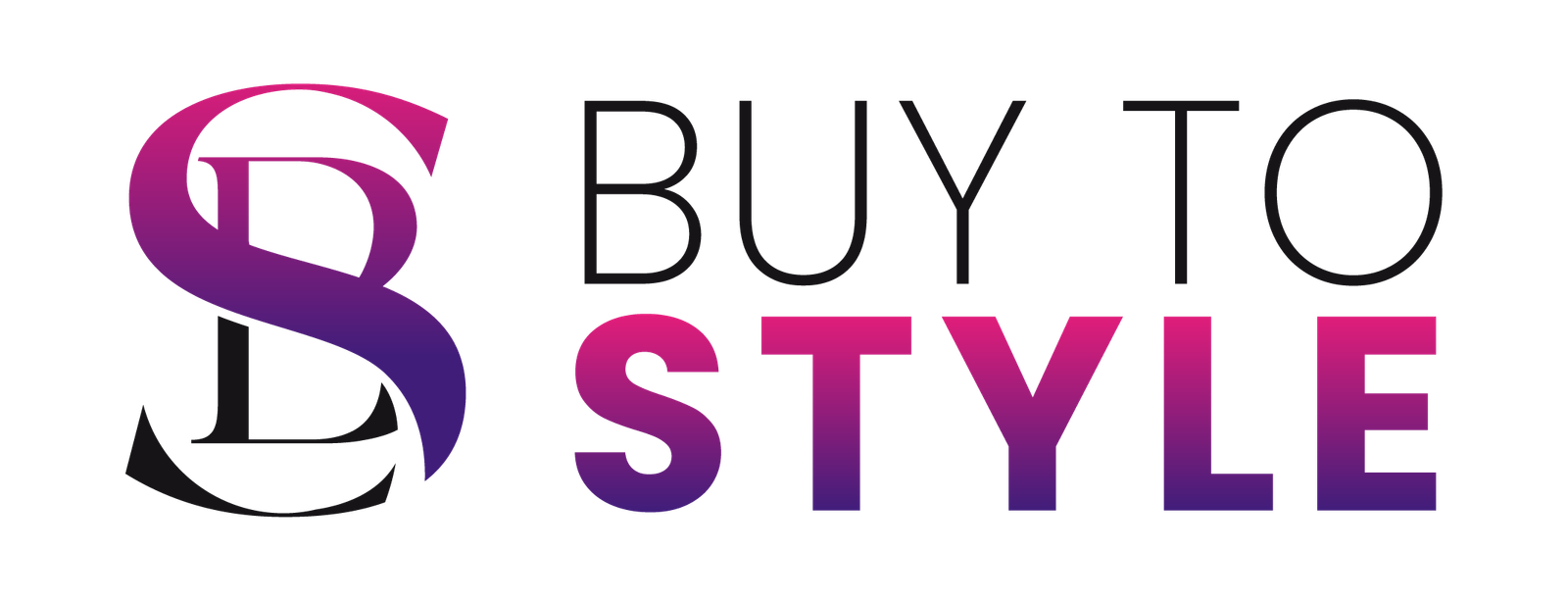Victoria’s Secret is a name synonymous with glamour, beauty, and sensuality. Known for its luxurious lingerie, seductive marketing campaigns, and the once-famous runway shows, the brand has been a dominant force in the fashion industry for decades. But beyond the glamorous façade, Victoria’s Secret has undergone significant transformations in recent years to adapt to changing cultural norms and consumer demands. In this blog, we’ll explore the rise, evolution, and current standing of Victoria’s Secret, along with what the future holds for this iconic brand.
The Origins of Victoria’s Secret
Founded in 1977 by Roy Raymond in San Francisco, Victoria’s Secret was conceived as a response to the uncomfortable experience many men faced when shopping for lingerie. Raymond wanted to create a space where men could feel comfortable buying intimate apparel for women, and at the same time, offer women luxurious, beautiful lingerie in a sophisticated setting.
What began as a small boutique quickly expanded, and by the early 1980s, Raymond sold the company to Leslie Wexner, the CEO of L Brands (then The Limited). Wexner redefined Victoria’s Secret, targeting female consumers directly and focusing on high-quality, fashionable lingerie at accessible prices. With this shift, the brand grew into a powerhouse, revolutionizing the lingerie market.
The Victoria’s Secret Fashion Show: Defining an Era
One of the key elements that propelled Victoria’s Secret into the mainstream was the Victoria’s Secret Fashion Show. First held in 1995, this annual runway event featured the world’s top models, dressed in extravagant lingerie and often paired with wings, walking the catwalk to the beat of popular music. The show became a cultural phenomenon, blending fashion, entertainment, and celebrity.
For nearly two decades, the Victoria’s Secret Fashion Show was broadcast to millions of viewers globally, solidifying the brand’s status as a leader in both fashion and pop culture. Supermodels like Tyra Banks, Gisele Bündchen, and Adriana Lima became household names, dubbed “Victoria’s Secret Angels,” a title that embodied the brand’s blend of sex appeal and glamour.
Shifting Cultural Norms and Consumer Criticism
Despite its dominance in the lingerie market, Victoria’s Secret has faced increasing criticism over the years. Changing societal attitudes toward body image, inclusivity, and the objectification of women led to growing dissatisfaction with the brand’s narrow portrayal of beauty. Critics pointed out the lack of diversity in the models featured in campaigns and on the runway, as well as the brand’s focus on unrealistic beauty standards.
The rise of the body positivity movement and increasing demand for inclusivity in fashion saw brands like Aerie and Savage X Fenty capitalize on this shift by offering products for a wide range of body types, skin tones, and gender identities. In contrast, Victoria’s Secret was slow to adapt, leading to a decline in market share and relevance, particularly among younger consumers.
In 2019, amid declining viewership and changing market trends, the Victoria’s Secret Fashion Show was canceled. This marked the end of an era for the brand and highlighted the growing need for a more inclusive and modern approach to lingerie.
The Rebranding of Victoria’s Secret
In response to these challenges, Victoria’s Secret has embarked on a journey of transformation in recent years. The company acknowledged its past missteps and made efforts to reshape its image, focusing on inclusivity, diversity, and empowerment.
In 2021, the brand made headlines by announcing the end of the “Angels” era and introduced a new campaign featuring women from diverse backgrounds and professions. The rebranding emphasized women’s empowerment, shifting away from the hyper-sexualized marketing that had long defined Victoria’s Secret. The new ambassadors, known as the VS Collective, included prominent figures like soccer star Megan Rapinoe, actress Priyanka Chopra Jonas, and plus-size model Paloma Elsesser.
Additionally, the product offerings have evolved. The brand has introduced more inclusive sizing, comfortable and practical lingerie, and products aimed at meeting the needs of a broader audience. The emphasis is now on catering to women of all shapes, sizes, and walks of life, positioning Victoria’s Secret as a brand that celebrates diversity and body positivity.
A Focus on Sustainability
In line with broader industry trends, Victoria’s Secret has also made strides toward sustainability. The brand is increasingly focusing on eco-friendly practices, such as using sustainable materials, reducing carbon footprints, and implementing responsible sourcing strategies.
Victoria’s Secret has committed to more transparency in its supply chain and is working toward achieving more sustainable production processes. These initiatives are aimed at meeting the growing consumer demand for ethical and environmentally conscious products, while also aligning with the broader shift toward corporate responsibility.
The Road Ahead for Victoria’s Secret
While the changes at Victoria’s Secret mark a significant departure from its past, the brand still faces challenges as it navigates a competitive and evolving market. With competitors like Savage X Fenty gaining traction through their focus on inclusivity and direct-to-consumer models, Victoria’s Secret must continue to innovate and adapt to maintain its relevance.
The shift toward more inclusive marketing, diverse representation, and sustainable practices is a positive step in the right direction. However, regaining consumer trust and maintaining a competitive edge will require ongoing efforts to listen to customers and prioritize their needs. Victoria’s Secret has the potential to redefine itself in this new era of fashion by continuing to embrace the values of authenticity, empowerment, and inclusivity.
Conclusion: The Rebirth of an Icon
Victoria’s Secret has undergone a remarkable transformation, evolving from a brand that once defined beauty through a narrow lens to one that embraces diversity, empowerment, and sustainability. While it may no longer dominate the lingerie market as it once did, its commitment to change is a promising step toward remaining a relevant and beloved brand in the eyes of modern consumers.
The road ahead may be challenging, but by staying true to its redefined mission and values, Victoria’s Secret can continue to be a symbol of confidence, beauty, and empowerment for women everywhere.















